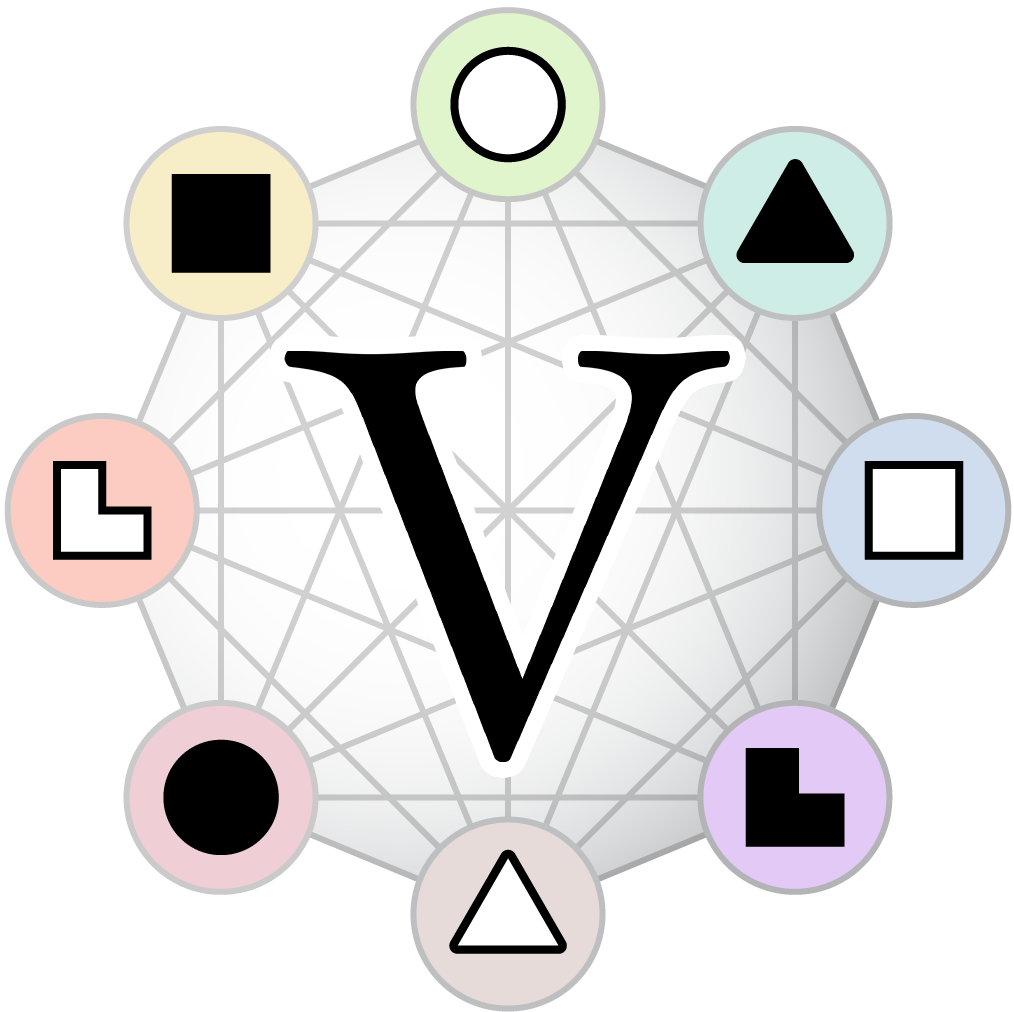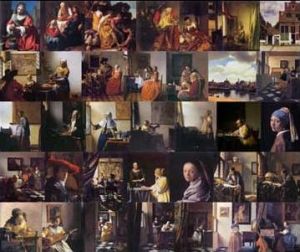Art
Socionics and Art: Member Contribution
Some very tentative classifications. Some of these movements could easily be considered cross-quadra. Indeed, this list is not to imply that any one movement should be considered the exclusive domain of any one quadra. These are only overall tendencies.
Alpha
Artists: Josef Albers, M.C. Escher, Jackson Pollack, Wassily Kandinsky,
Claude Monet, Vincent van Gogh, Andy Warhol, Vincent Gallo, Jean-Michel Basquiat
Movements:
Abstract Art
Abstract Expressionism
Abstract Impressionism
Constructivism
Dadaism
Impressionism
Les Nabis
Neo-Impressionism
Neoplasticism
Orphism
Pointillism
Pop Art
Post-Impressionism
Suprematism
Synchronism
Vorticism
Beta
Artists: Salvador Dali, William Blake, Pablo Picasso, Marina Abramovic, Vito Acconci,
Frank Frazetta, Henry Fuseli, Ernst Haas, Robert Mapplethorpe, Ron Mueck, Paula Rego, Auguste Rodin, Christian Schad
Movements:
Conceptualism
Cubism
Expressionism
Fantastic Realism
Futurism
Heroic Realism
Neosurrealism
Op Art
Romanticism
Surrealism
Gamma
Artists: Camille Claudel, Georgia O'Keefe, Alfred Stieglitz, Robert Longo, Chuck Close,
Diane Arbus, Edward Weston, Banksy, Leonardo DaVinci, Frank Lloyd Wright
Movements:
Chiaroscuro
Cubist Realism
Hyperrealism
Magical Realism
Photorealism
Pictorialism
Precisionism
Sfumato
Superrealism
Delta
Artists: Ben Shahn, Duane Hanson, Frida Kahlo, Akiane Kramarik
Movements:
Art Deco
Art Moderne
Baroque
Classicism
Contemporary Realism
Fauvism
Formalism
Kinetic Art
Mannerism
Neoclassicism
Purism
Regionalism
Renaissance
Rococo
Social Realism
This is my simplification/summary of what this seems to be saying:
Gamma: Realism (Te objective approach to Se life-like depiction) Alpha: Anti-realistm (Fe subjective approach to non-Se abstraction) Delta: Classicism (Te objective approach to non-Se abstraction) Beta: Romanticism (Fe subjective approach to Se life-like depiction)
One minor point is that (within this particular set of assumptions), while surrealism and expressionism are listed under Alpha (probably because they focus on a particular way of differing from realism), it seems to me that depending on the source or intent, they could also be Beta. For example, a painting where the emphasis is on "look how much this differs from real life in interesting ways" might be Alpha, whereas if it's on some sort of emotional/psychological reinterpretation of life-like reality then it should be more Beta. To me, although I have no idea what their actual types were, the paintings of Edvark Munch seem to me NF, probably Beta, and similarly Di Chirico's work seems Beta to me.
On a larger level, I tend to see reasonable/resolute slightly differently, although I find the way it's understood here to be interesting and worth considering. One of the themes I see on this forum is that the resolute/reasonable dichotomy is roughly associated with real vs. imaginary (e.g., Ni/Se quadras being more into fantasy fiction, sci-fi, surrealism). I see things a little differently; while I associate Se with life-like depiction of static external reality and consequence, Ni seems to be the imaginative glue that holds this together;in other words, Se is the static frames, whereas Ni is the storyline. Viewed that way, it seems to me that Ni/Se art may focus on an imaginary quality to the extent that Ni is emphasized over Se, especially (but not exclusively) in the presence of Fe.
In music, literature, or other arts that involve a sequence over time, it seems to me that Ni/Se is reflected in an emphasis on a narrative (long-term storyline) or formal quality (e.g., individual moments may seem bland except when seen as as building up towards something or playing a role within a larger architecture), whereas Si/Ne is reflected in more momentary emphasis (e.g., compelling sensuous details, interesting clever ideas, playing with language and surface more than with long-term form).

